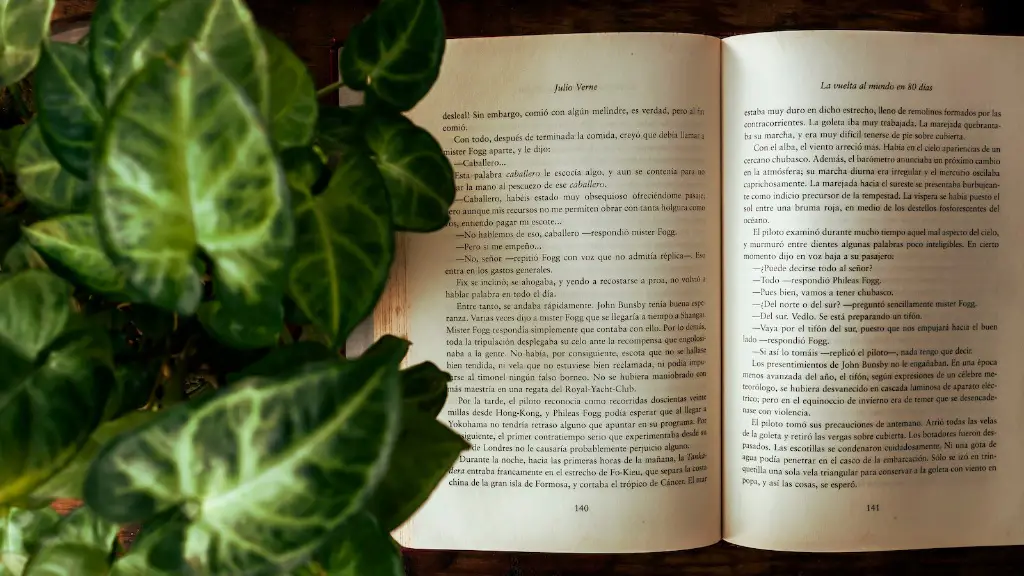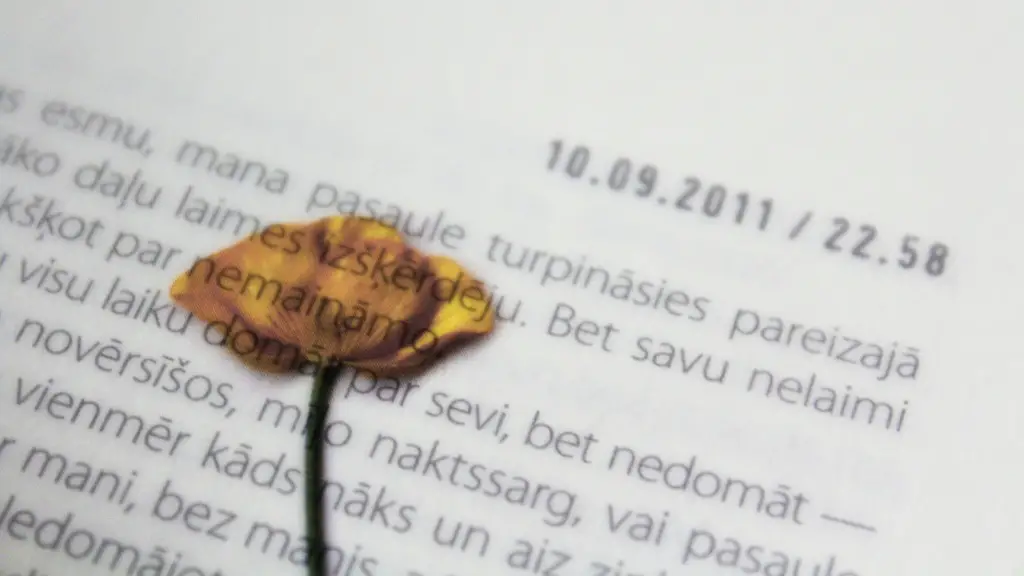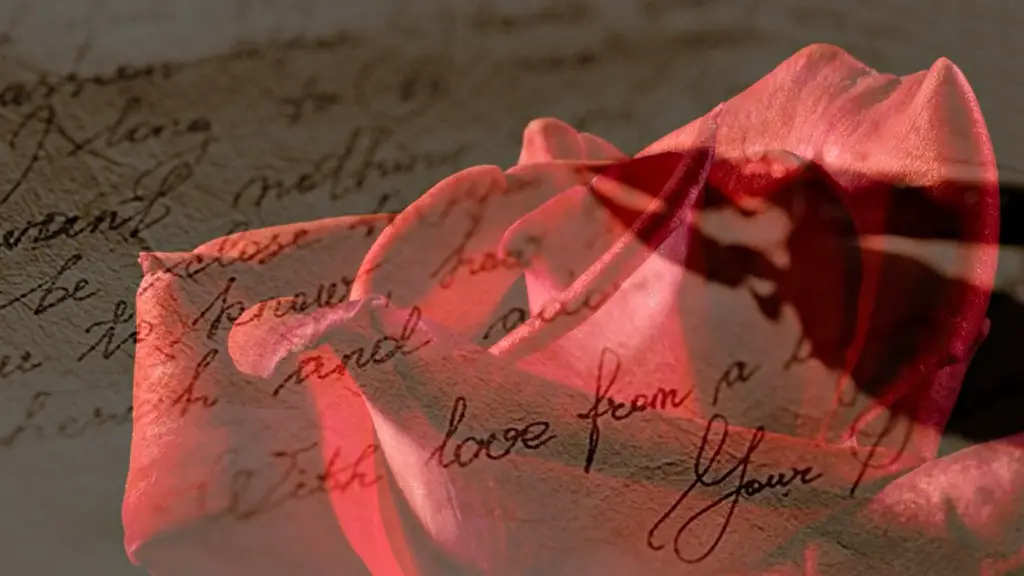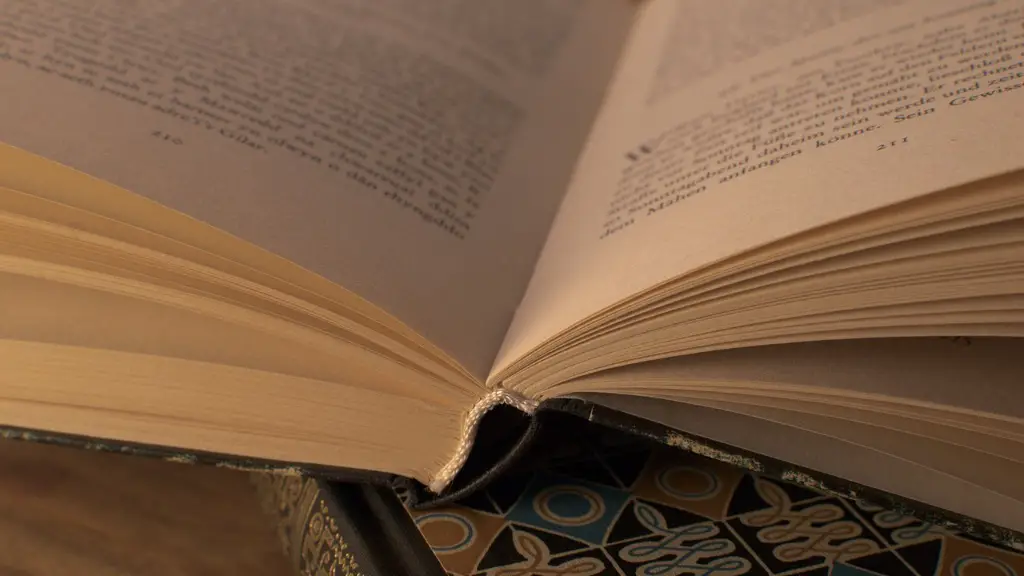What are the Basic Elements of Poetry?
Poetry is a powerful and evocative form of art. It is a way to express one’s deepest emotions and thoughts in a concise, creative way. To understand poetry and its potential impact, it is helpful to understand the most fundamental elements of the medium. This article will provide an overview of the basic elements of poetry to help the reader better appreciate the form.
The most important element of all poetry is language. The poet makes conscious decisions about which words to use, how to order them, and how to create an overall flow of the poem. A strong poet has command over the language and understands how to use words to convey a strong emotion or message. From the simplest poetic structure to the most complex, understanding language is key to effective poetry.
The next important element of poetry is imagery. The poet wants to enliven the text with vivid and illustrative images that can help the reader understand and process the content in an immersive way. Imageries can be used to evoke emotions and provoke further meaning for the poem. Imagery can be overt or subtle and help to create a powerful and well-conceived piece of poetry.
The layout of the poem is another crucial element of poetry. The placement of words and phrases on the page can add to the meaning of the poem, as well as the aesthetic pleasure of the reader. The layout should be intentional and help to convey the poet’s message. Additionally, sound patterns, such as rhythm and rhyme, can add to the overall effect of the poem.
The last element of poetry is the tone of the piece. The poet must decide how they want to present the poem and how they want it to be experienced. It could be serious, humorous, tender, angry, or somber. Ultimately, the tone of a poem is essential in conveying the message and provoking an emotional response from the reader.
Types of Poetry
Poetry can take many forms, with each type having its own specific structure and rules governing how it should be written. Common types of poetry include sonnets, blank verse, haiku, rondeau, sestina, villanelle, lyric poetry, and free verse. Each of these styles has its own conventions and conventions, and has a unique way of conveying a message or evoking emotions through language.
The sonnet is a poem of 14 iambic pentameter lines. It is made up of three quatrains and a couplet, with the last two lines making up the couplet. The rhyme scheme of traditional sonnets is abab cdc efg efg.
The blank verse is an unrhymed poem made up of lines of iambic pentameter. Shakespearian plays, such as Macbeth, are written in blank verse.
The haiku is a form of poetry consisting of three lines and 17 syllables. It is often used to convey a impression or emotion with a peaceful, spare language.
The rondeau is a poem of 15 lines with two rhymes and a repeating refrain. This form of poetry originated in France in the 14th century and is usually used to address spiritual or romantic themes.
The sestina is a poetry form that consists of six stanzas of six lines each. The end words of each line are repeated, often two or three times in each stanza.
The villanelle is a poem of 19 lines consisting of five sets of three lines and ending with a single line. It has a repeating rhyme scheme and a strict structure that creates a certain tension that can be used to convey different emotions.
The lyric poetry is one of the oldest and most popular forms of poetry. It is often used to tell a story, expressed with a tone of intimacy, emotion and exploration of the human experience.
The free verse is a form of poetry characterized by the lack of set meter and structure. This form of poetry relies heavily on the poet’s individual interpretation of the subject and can be used to explore intense emotions and sensations without traditional structure.
Metaphor and Metonymy in Poetry
Metaphor and metonymy are techniques that can be used to create powerful imagery in poetry. Metaphor is when one thing is compared to another, as if they are the same, to create a more vivid image. For example, someone might say “she is a rose” to express the beauty of someone. Metonymy is when something is referred to indirectly, where something is used to represent something else, for example, “the crown” to represent the power of a monarch. Both of these techniques can be used to create vivid and powerful imagery in a poem.
Figurative Language in Poetry
Figurative language is another important element of poetry. Figurative language is language that does not mean exactly what it says. It is used to create double meanings or to evoke powerful imagery for the reader. Common examples of figurative language are simile, metaphor, synecdoche, and hyperbole. Similes and metaphors compare two objects, often with the words “like” or “as” and they can help to create a vivid image in a poem. Synecdoche, is when a part of something is used to represent the whole. Hyperbole is an exaggeration used for effect to create an image that is larger than life. Figurative language can give a poem a unique and powerful effect.
Themes in Poetry
Themes are an essential element of poetry, as they are what add depth and resonance to a poem. A theme is a big idea, or message that the poet is trying to convey in their poem. Common themes in poetry include love, death, nature, war, identity, and the power of language. Themes give a poem a deeper meaning and help to create a spiritual and emotional connection with the reader.
Figures of Speech in Poetry
Figures of speech are also important in poetry as they can create powerful imagery and help to convey meaning. Common figures of speech include personification, alliteration, paradox, and irony. Personification is when an object or idea is given human characteristics. Alliteration is when words are repeated with the same initial sound. Paradox is a statement that seems contradictory but may actually be true. Irony is the use of words to convey a meaning that is different or the opposite of their literal meaning. These figures of speech can be used creatively and strategically to create powerful imagery and give a poem a deeper, more meaningful message.




